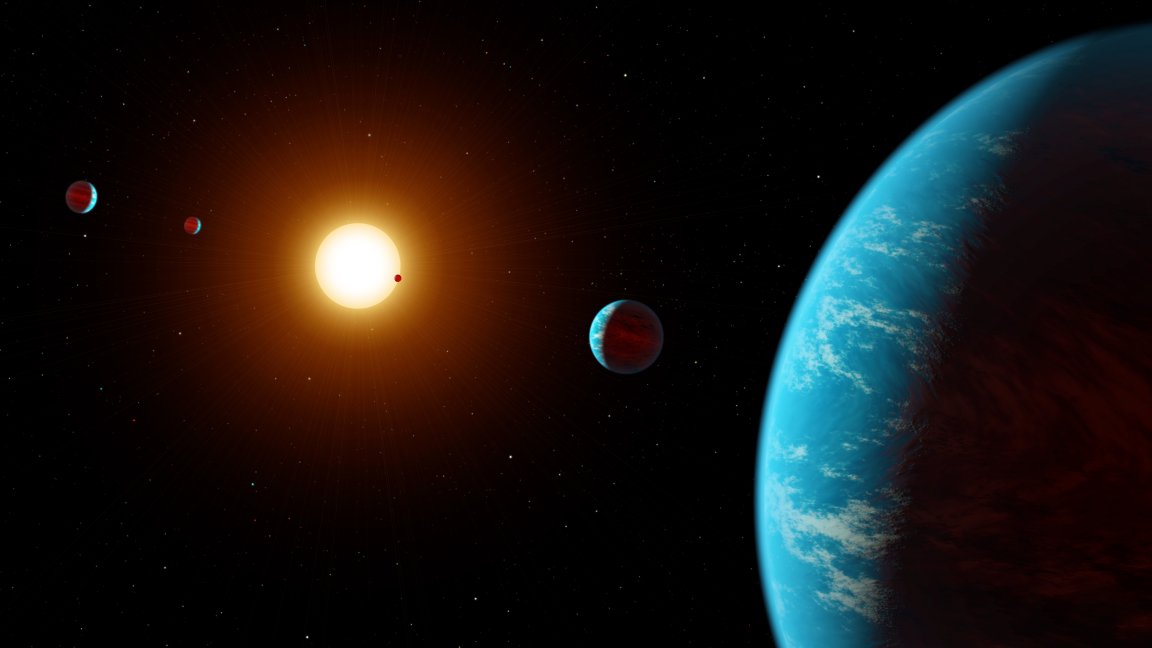
Crowdsourcing Planets
Through a project called Exoplanet Explorers, a band of citizen scientists has discovered K2-138, a far-off planetary system that houses least five exoplanets. This is the first time that a multi-planet system has been discovered entirely through crowdsourcing.
UC Santa Cruz astronomer Ian Crossfield and Caltech staff scientist Jessie Christiansen launched the Exoplanet Explorers project on the online platform Zooniverse in 2017. The project gives volunteers the ability to sift through data from NASA’s Kepler space telescope for signs of exoplanets.

“People anywhere can log on and learn what real signals from exoplanets look like, and then look through actual data collected from the Kepler telescope to vote on whether or not to classify a given signal as a transit, or just noise,” said Christiansen in a Caltech news release.
“We have each potential transit signal looked at by a minimum of 10 people, and each needs a minimum of 90 percent of ‘yes’ votes to be considered for further characterization,” she added.
In April 2017,the Exoplanet Explorers project was featured on the Australia Broadcasting Corporation (ABC) program Stargazing Live. On the final night of the three-day event, citizen scientists uncovered K2-138.
Originally thought to be a four-planet system, it has since been upgraded to a five-planet system. Eventually, more planets could be discovered orbiting the system’s star.
Citizen Scientists
The efforts of the Exoplanet Explorer volunteers is a testament to the power of citizen science. Though they may not possess doctoral degrees or hold positions at research agencies, these citizens are still helping push the boundaries of what we know to be true in the realm of science.
The discovery of K2-138 isn’t the first time citizen scientists have helped researchers, nor is it the first time Zooniverse has facilitated such research.
Through the Milky Way Project, volunteers helped researchers uncover the source of the bright yellow, fuzzy objects known as “yellowballs.” Citizen scientists on the platform were also able to help experts produce a heat map for optimal response throughout Hurricane Irma using satellite images.
These projects are made possible by people who dedicate their free time to supporting scientific research. They may not be career scientists, but they are helping us unravel the mysteries of our universe.